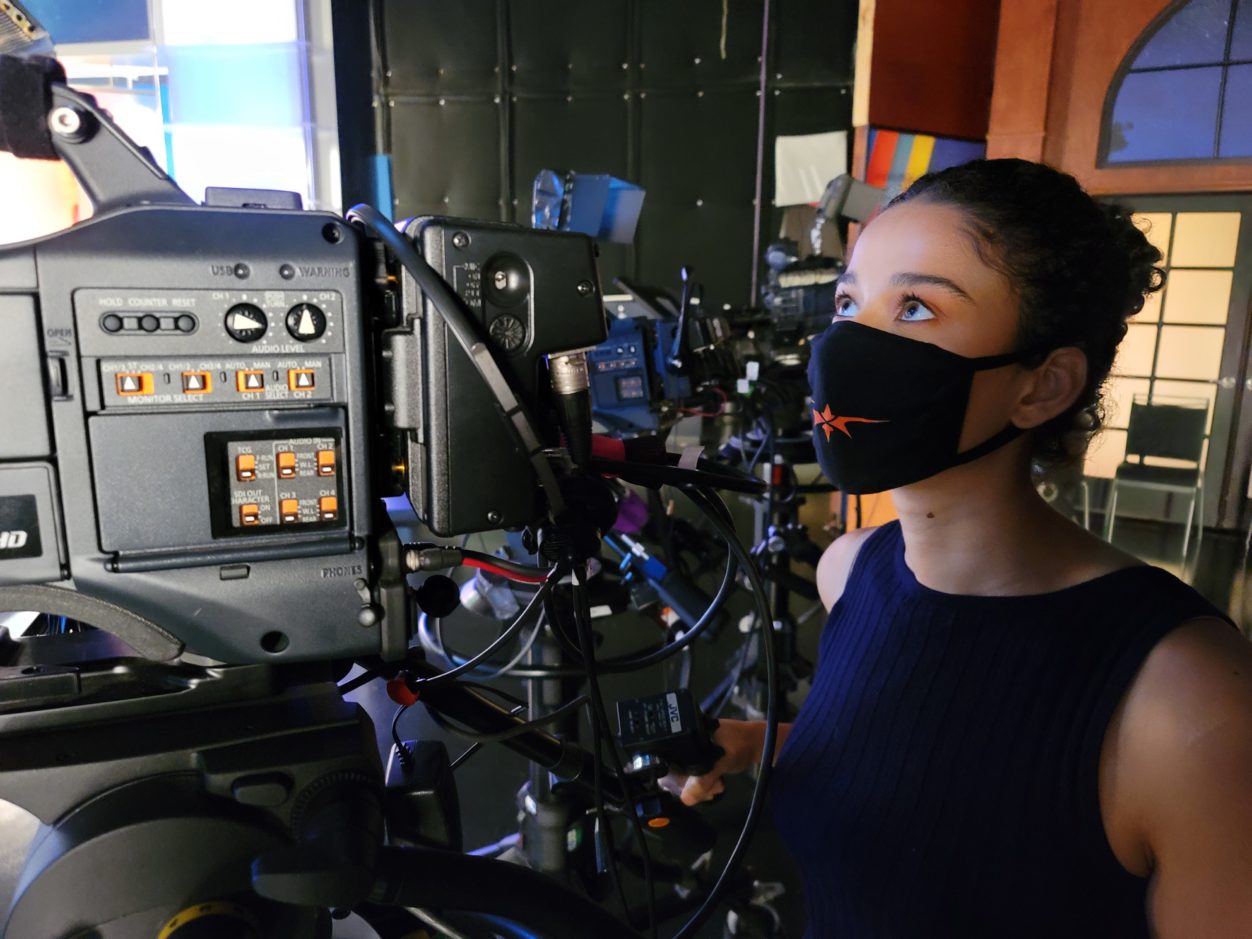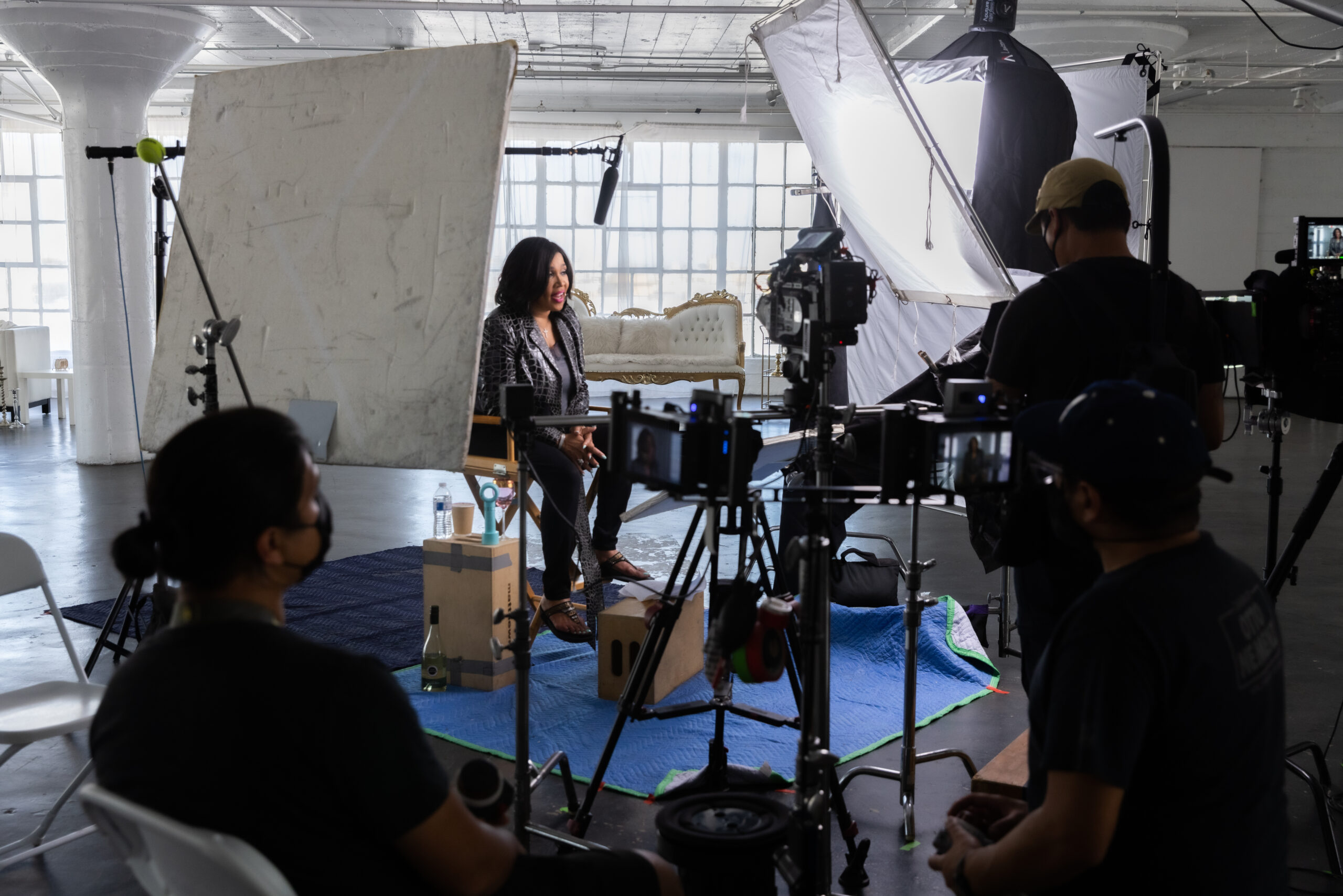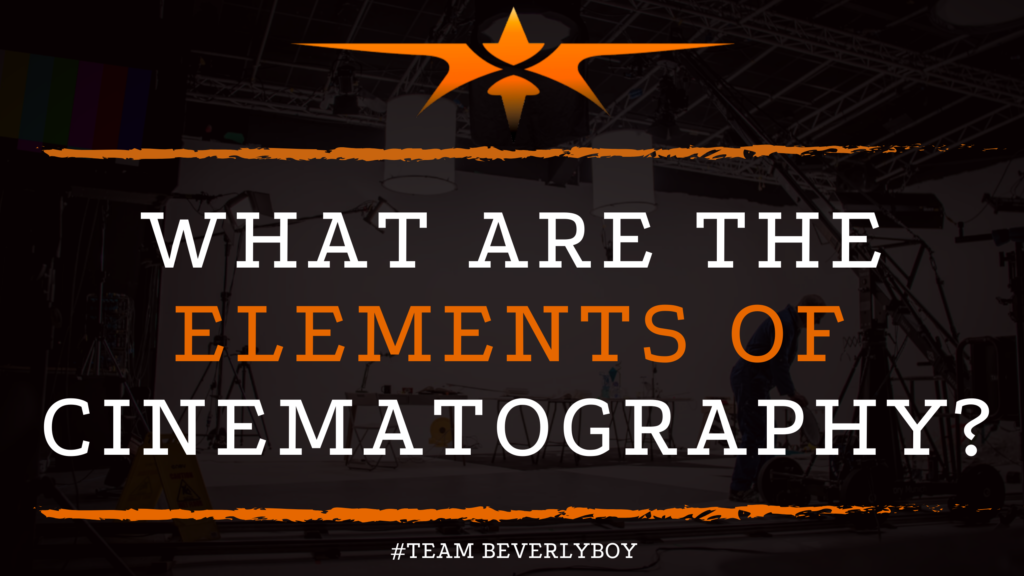What are the Elements of Cinematography?
Cinematography is a visual art in which a variety of elements are used to create amazing motion pictures that audiences love. The elements of cinematography include everything from the camera equipment, camera motion and camera angles to lighting, framing, film selection, composition, depth of field, color, exposure and so much more. Cinematographers use the elements of cinematography to achieve powerful results of all kinds.

The reality is, the elements of cinematography are not much different now than they were nearly 100 years ago when some of the earliest films were produced.
While many elements have certainly evolved and improved, the underlying importance of key elements of cinematography continue to play a significant role in the outcome of professional film projects today.
Cinematographers who incorporate key elements of exposure, composition, camera movement, and color into their projects have the greatest likelihood of success with the motion picture projects that they create.
Let’s take a look at the different elements of cinematography and how they all work together for the greater good of the motion picture.
EXPOSURE
One of several key elements of cinematography, exposure controlled by the camera has the potential to add powerful alterations to a scene.
Simply adjusting the camera exposure, so that there is more light or less light coming in can play a significant role in how the final image appears on the screen for your audience.
Keep in mind that exposure is impacted by things like light, shutter speed, frame rate, ISO and aperture.
All of these important elements must be considered when producing footage regardless of what you’re filming.
COMPOSITION
The composition of your shot is literally a game changing option for filmmakers. Not only does camera composition impact what your audience can and cannot see.
It also impacts how the audience connects with the images within your scene. Adjusting your camera composition. Moving throughout the scene.
And even capturing the various adaptations of your characters within the setting that you’re filming in is absolutely vital to your finished project.
PLANNING IS KEY
Plan camera movements accordingly but also make sure that you’re paying close attention to things.
Such as the position of your talent within the frame, depth of field, lighting, and how your shots are being framed.
CAMERA MOVEMENT
We can’t stress camera movement enough! Of all the elements of cinematography, moving your camera is one of the simplest to achieve and equally the easiest to screw up!
Filmmakers spend decades trying to perfect various camera movements. Particularly when there is a lot of movement taking place already within the scene.
And it’s difficult to incorporate a camera into an already messy set.
ENDLESS POSSIBILITIES
Remember, camera movement is one of those elements of cinematography that can be engaged in a number of ways.
Of course there’s the hand held camera and all the movements that come with, well…holding a camera.
But there’s also added equipment that can make camera movement so much more powerful, effective, intricate and fun! From dolly tracks to Steadicams, drones and handheld.
There is a seemingly endless supply of camera equipment to make camera movement exciting, interesting, and engaging for your audience.
CAMERA ANGLES
We’ve talked a lot about other cinematography elements, but camera angles cannot go undiscussed.
The subtle element of simply adjusting the angle of your camera just a little bit can have an incredibly powerful impact on your audience.
These camera motions may range from tilting the camera up to create the appearance of something larger than life or capturing a shot from above to give the illusion of superiority or inferiority.
AUDIENCE PERCEPTION
Camera angles definitely have a lot to do with how the audience perceives your characters and what they think of your setting.
Regardless of how much equipment you have to work with or what your budget is. Simple adjustments to camera angle within the frame can be made to create powerful impacts in all films.
COLOR & LIGHTING

Although these two elements of cinematography are certainly not the same, they’re both incredibly important.
Color has the power to not only allude to a setting that is happy, sad, or otherwise uncomfortable but the lighting can also play a major role.
The use of multiple light sources, lights that incorporate the proper coloring, and the use of additional equipment such as color gels or other items can help you to achieve a variety of looks.
FOR EXAMPLE
Manually, you can put color to work for your film just by choosing to film at different times of the day. For instance, filming during Golden Hour can give your film a romantic vibe.
And may make your audience think happy thoughts. Likewise capturing footage at night can powerfully fitting for a film that is aiming for the appearance of sadness, darkness, or fear.
ZOOM & OTHER ELEMENTS
In addition to all of the different elements of cinematography previously discussed.
It’s important to note that zoom and other important elements also exist to help filmmakers achieve the desired results.
One can use different cinematic elements in different ways. All to achieve the desired emotional response, connection, resonance, and understanding among your audience.
CONSIDER THIS
For example, zooming into the setting gives the audience a sense that something important is about to take place.
It also provides your audience with a unique perspective on the surroundings and elements within the scene.
Likewise, filmmakers achieve major impacts within the story by adjusting the camera distance. Changing out the lens for different lens types. And by editing footage in post-production.
FINAL FOOTAGE
The various elements of cinematography are an important aspect of everyday filmmaking. And play a significant role in the way motion pictures audiences experience.
The art, and craft, of cinematography elements such as camera focus, shot composition, camera placement and camera movement.
It all comes together to form the final footage that is sent to the editing team for post-production processing.
THE TAKEAWAY
Whether you’re entirely new to filmmaking, or this is something that you’ve had as a passion for decades.
There’s an endless list of elements related to cinematography that can be used to achieve your desired outcome. All you have to do is be willing to engage the camera and create!


